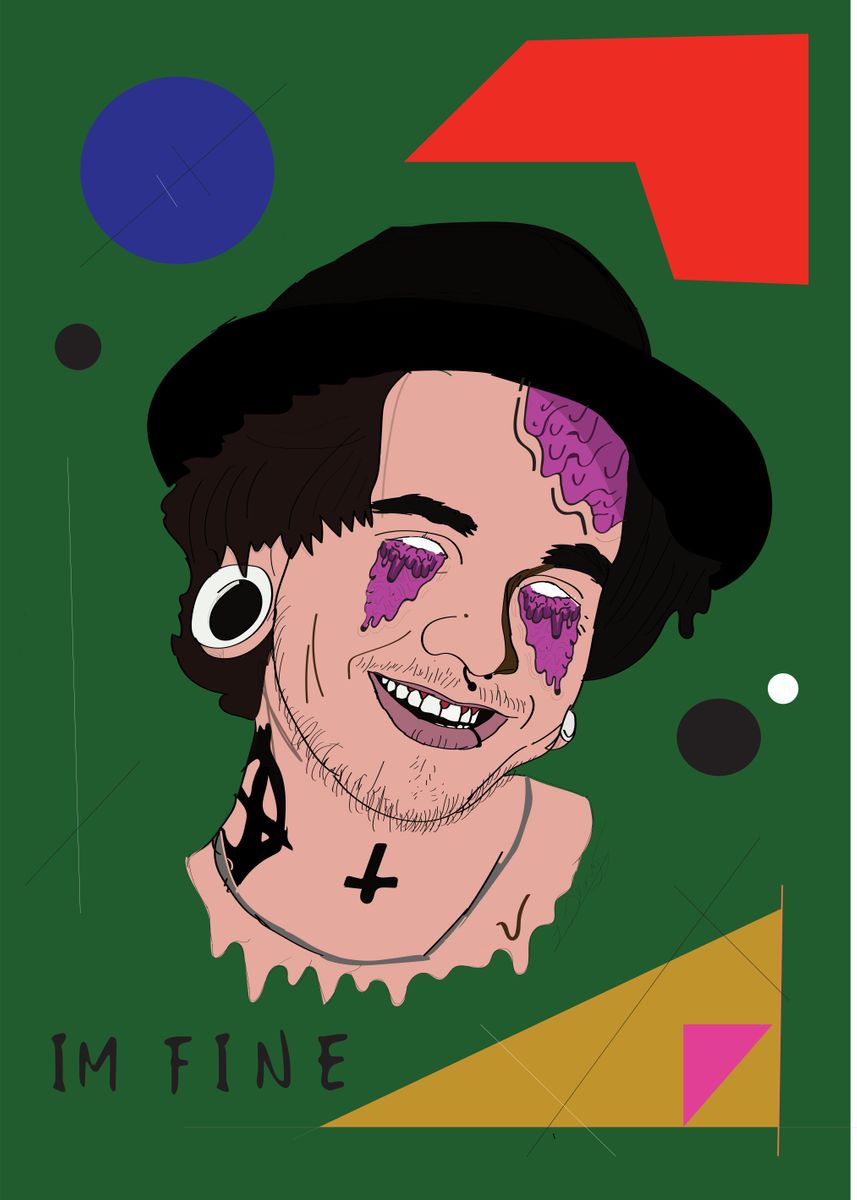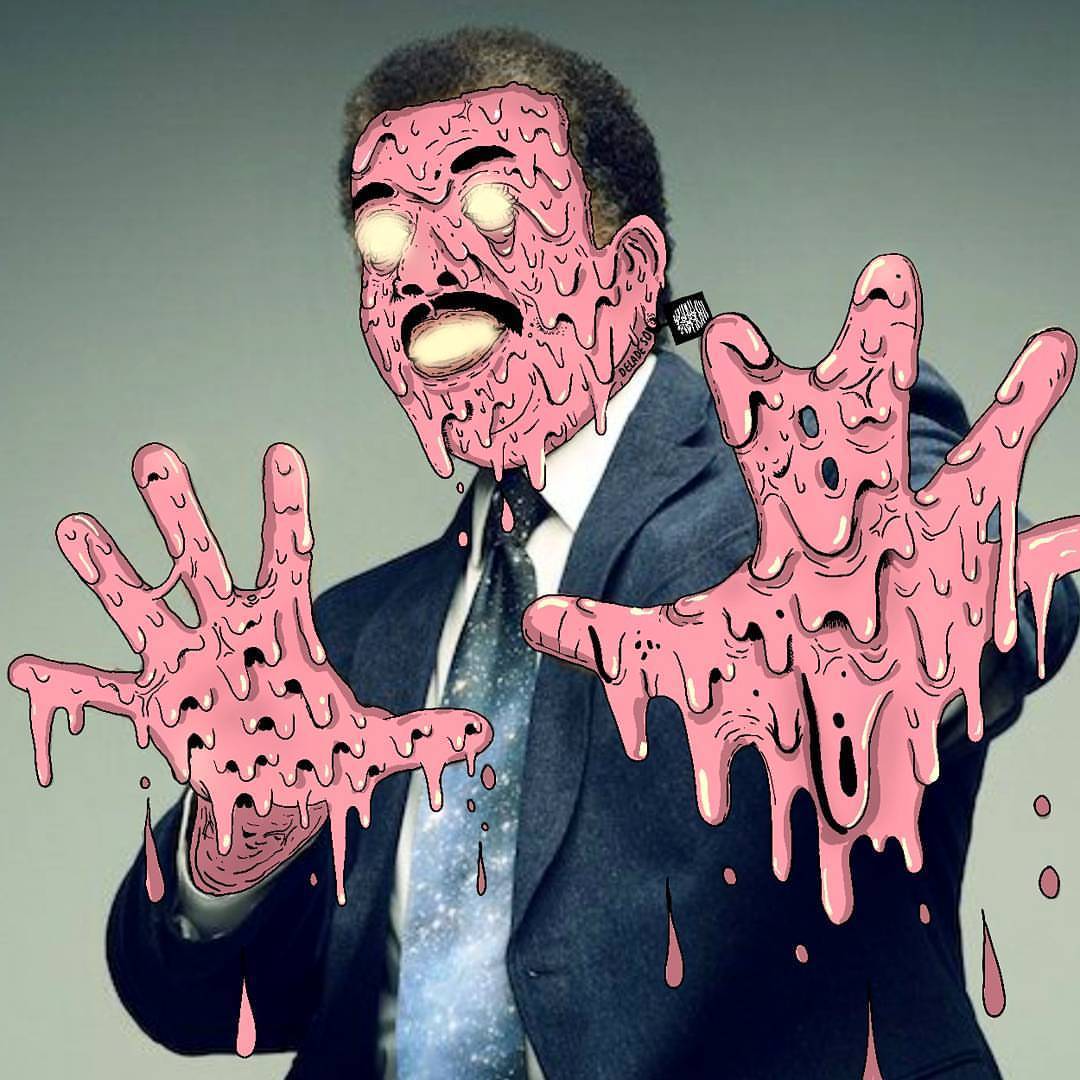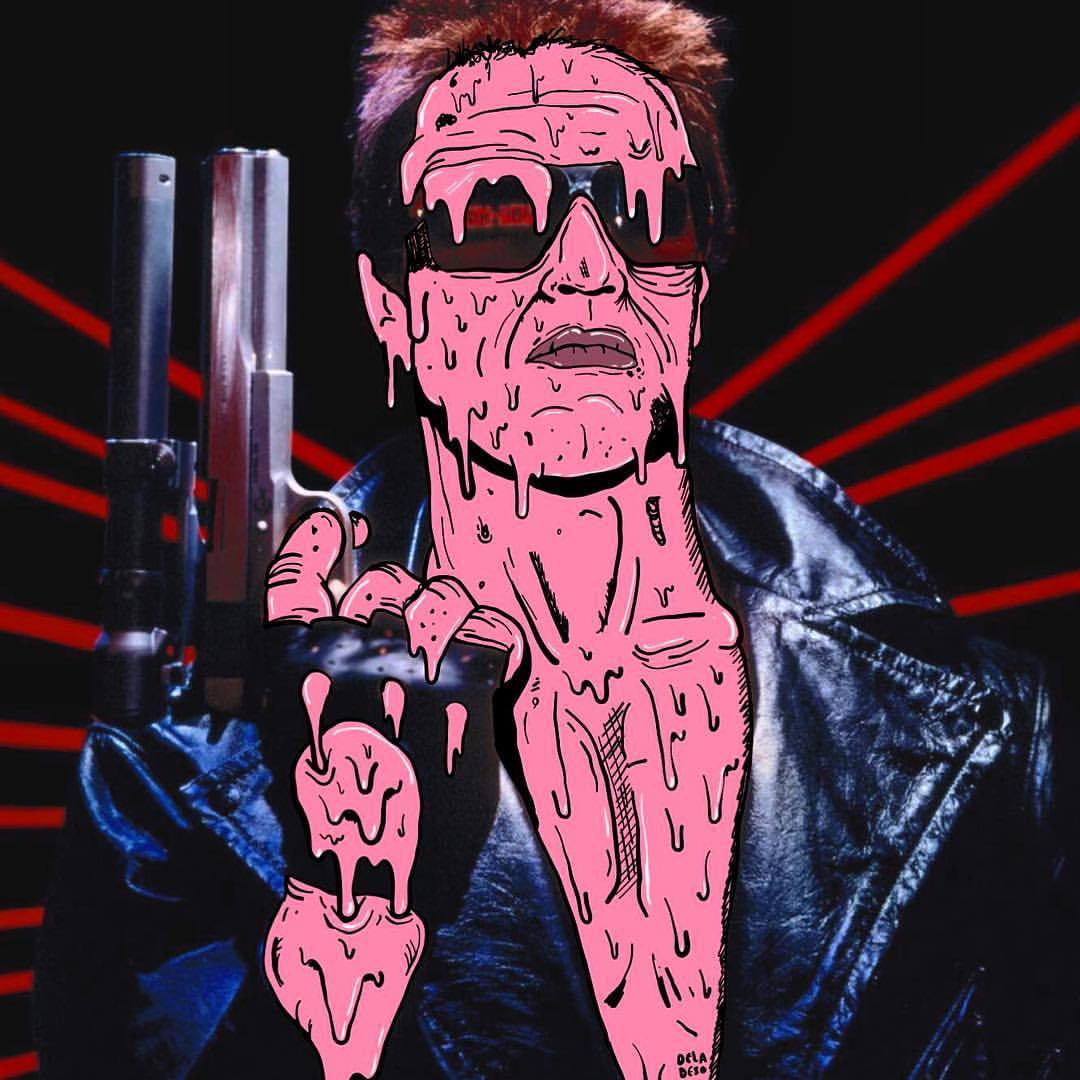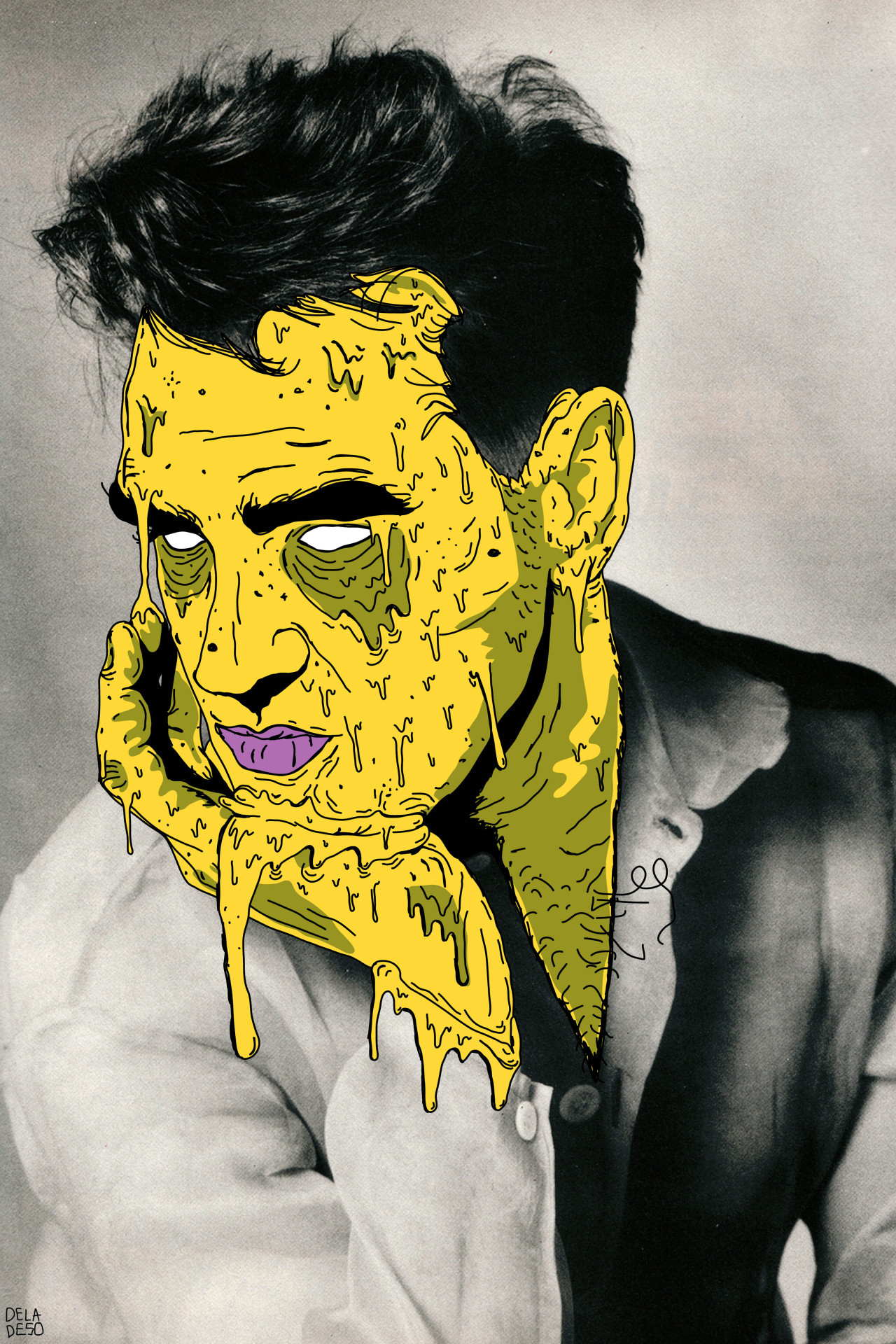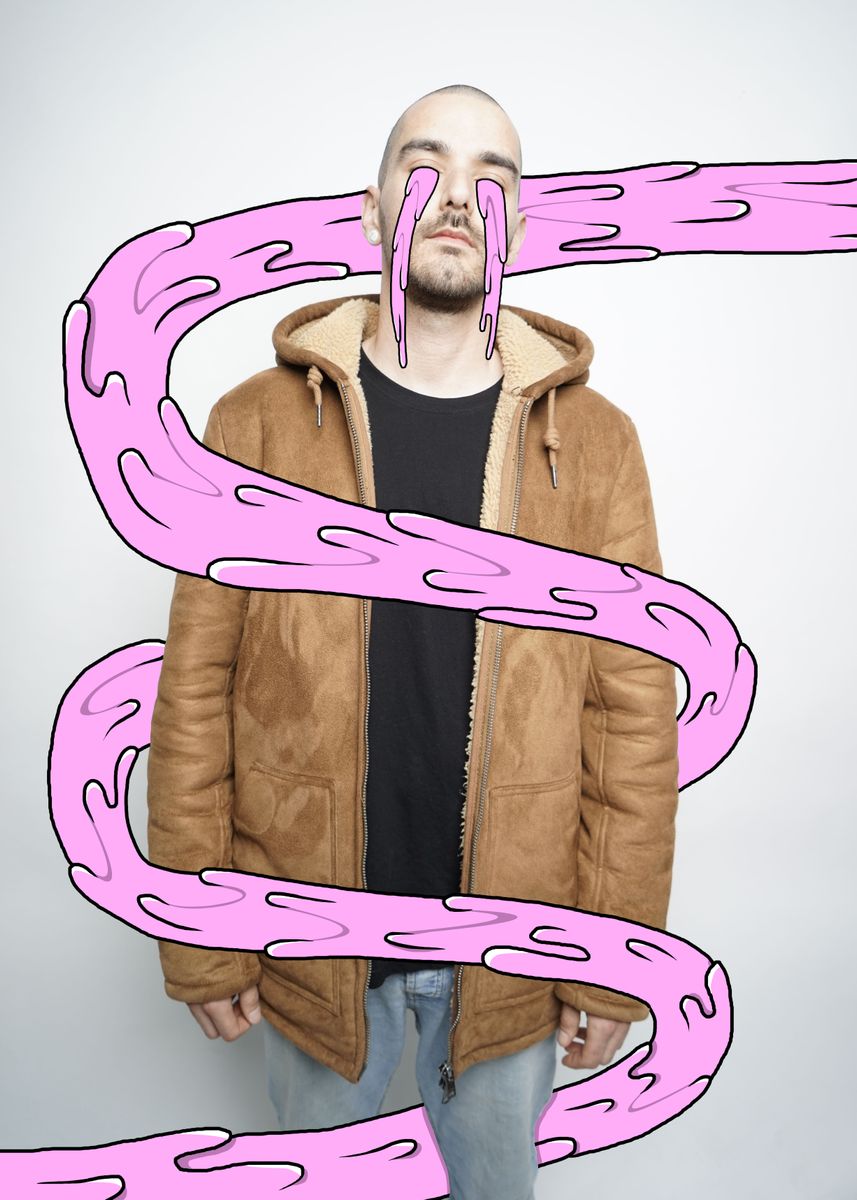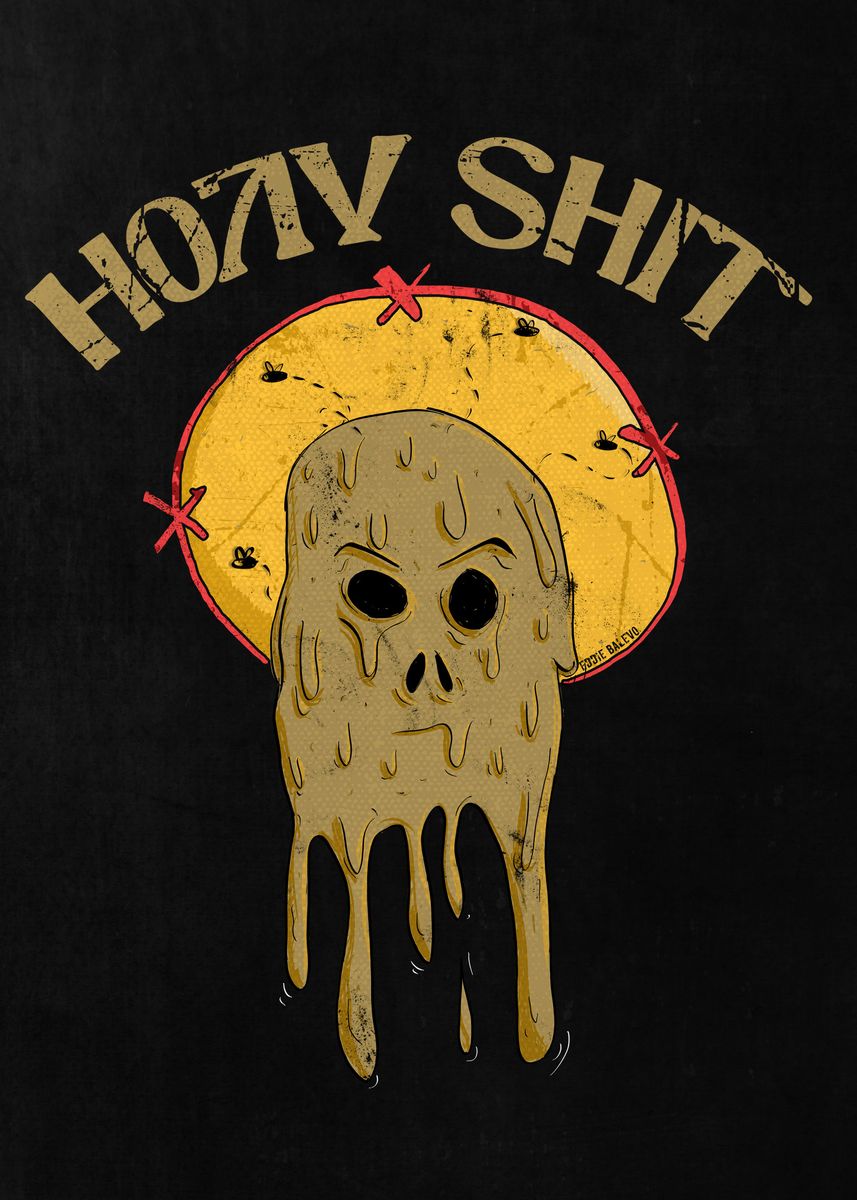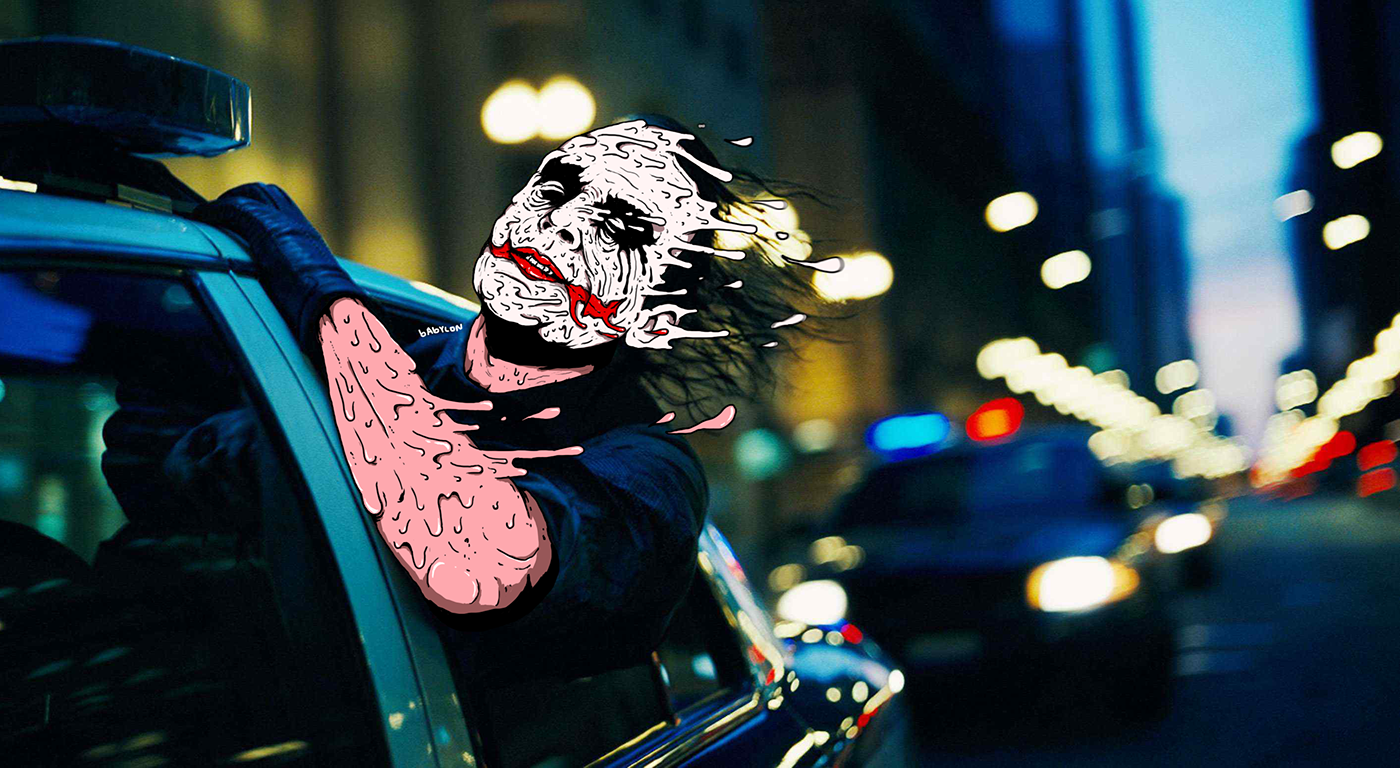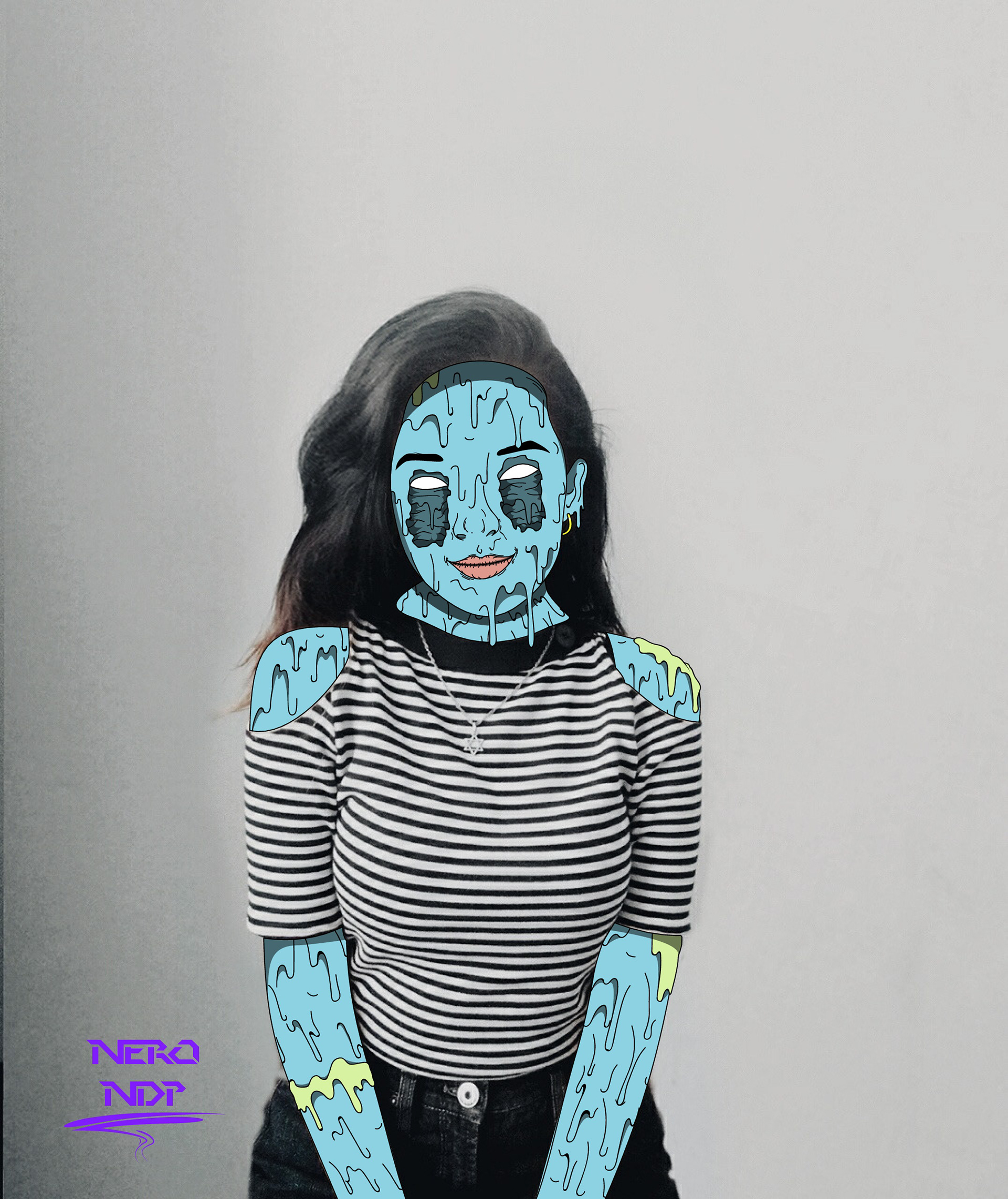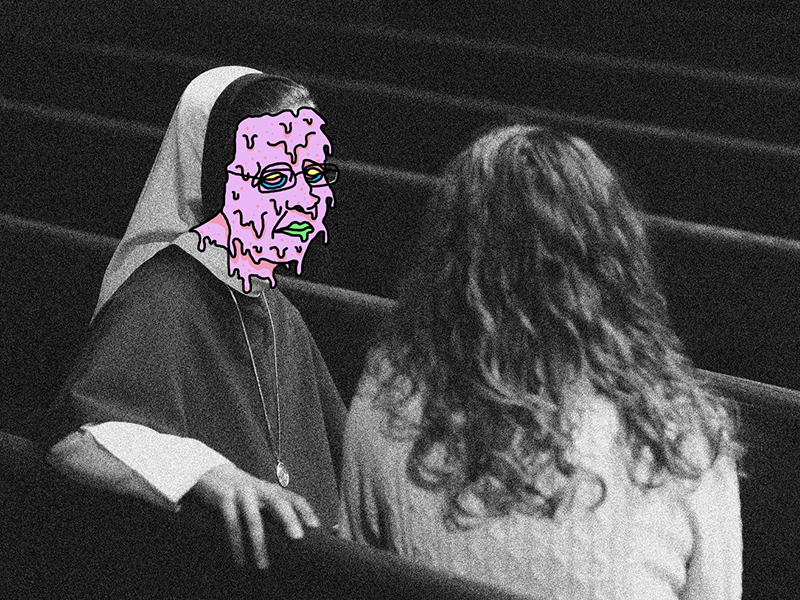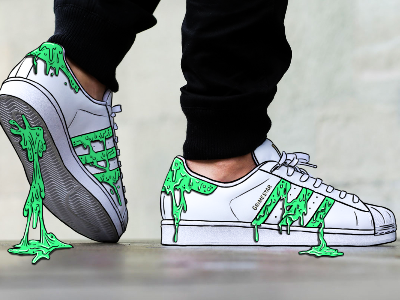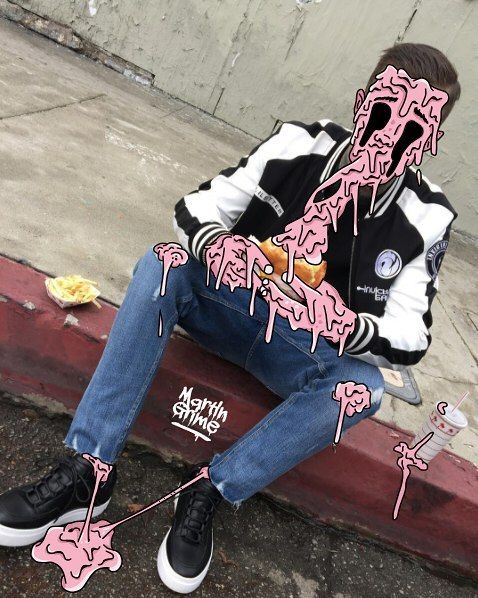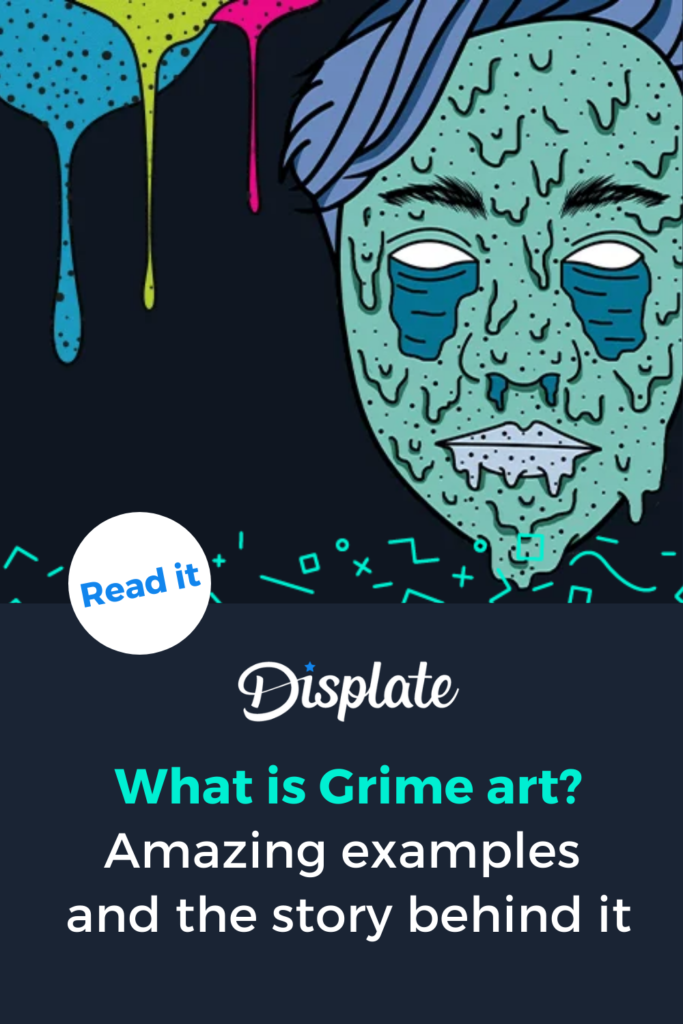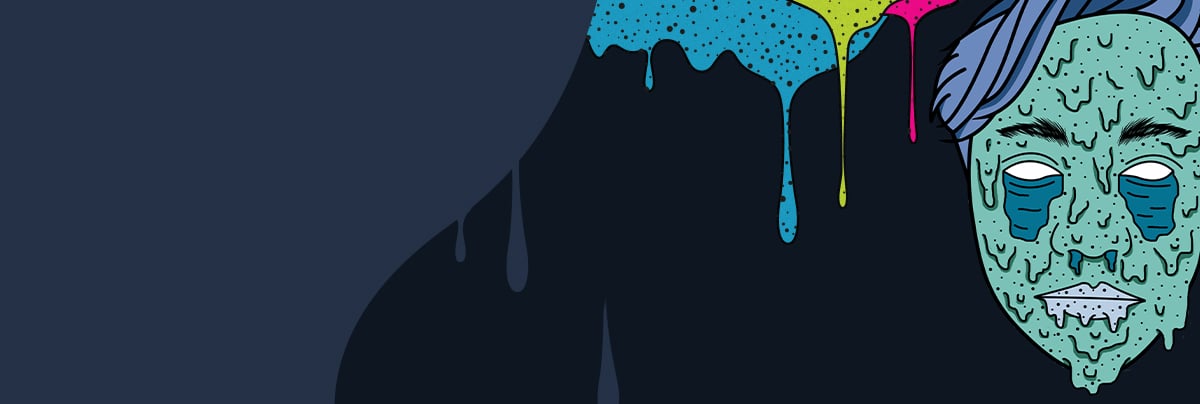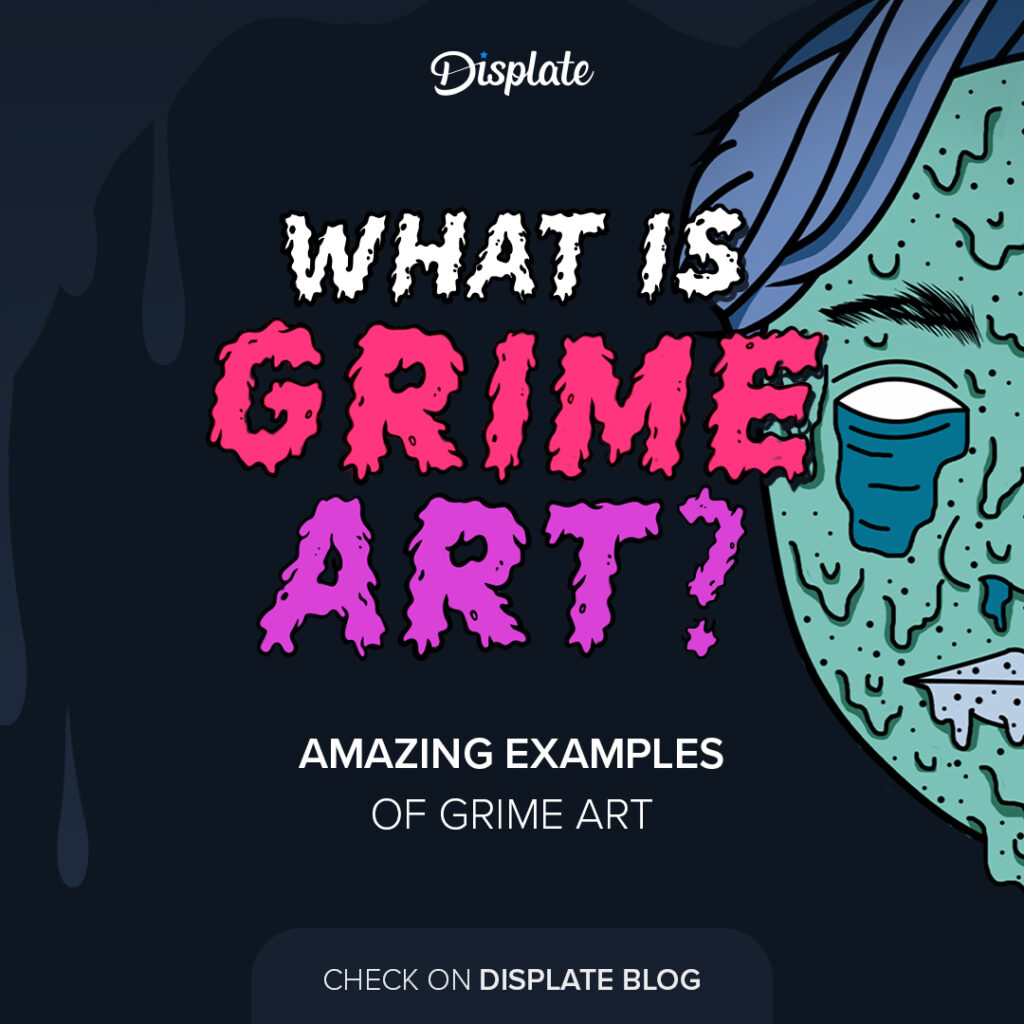
The advent of digital art was an unprecedented milestone in the history of expressing oneself. Comparable perhaps to the invention of the camera, it freed artists from the shackles of physical, tangible media, and allowed them to transfer their ideas directly to the observer’s mind. Digital art captures an artistic work or practice that uses any form of digital technology as part of its creation or presentation process. Let’s discover the story behind Grime Art, where we will back it up with some amazing examples!
The Foundations of Grime Art
As the information age took over the world sometime in the 1960s, the artistic avant-garde added new tools to their arsenal. As with all new mediums, artists began to use these astonishing new discoveries of society, including television, the personal computer, the accessibility of audio and visual software, and eventually the Internet, into works of their own. Although digital art is not recognized as a distinct movement, it has certainly attracted many ardent followers and practitioners, allowing certain branches of art to thrive like never before.
One example of an artstyle that flourished thanks to digital media was grotesque art. Although not new in the slightest, as caricatures go as far back as early Medieval art, depicting the shockingly deformed is a constant creative fascination of many. Sometimes it takes the form of surreal yet disturbingly realistic sculptures of Jonathan Payne which feature such delights as growths, warts, and surplus body parts. One of the most modern purveyors of grotesque art is David Cronnenberg, from his horrifying depictions of body modification in The Brood, to the organic alien aesthetic of The Naked Lunch.
The Birth of Grime Art Style
But why is grotesque art so appealing, both to the creator and the observer? Why do we shudder when we see grotesque imagery, but at the same time we can’t stop looking at them like at a car crash on the side of the road? One of the reasons is that, unlike beauty that aims for perfection, something impossible to achieve, the grotesque is something that nearly everyone experiences at some point of their lives. In a world filled to the brim with perfect smiling faces leering at us from commercials, photoshopped to the point of barely remaining human, grotesque somehow feels more relatable.
Perhaps the need to make certain images less ideal and at the same time more palatable was the idea behind the style known as “grime art”. In early 2015, when the music genre known as dubstep was at peak popularity, a particularly trippy music video called Head Splitter by Getter was released. It featured heavy image modification akin to cel shading, making faces, people, even objects seem melting and drooping like a cartoon from a psychedelic vision. It fits very well with the overall story told by the music video and is both captivating and slightly repulsive at the same time.
The Many Faces of Grime: the Artists
The author of this editing technique, Richie Velasquez, or rather his art persona deladeso, can be credited with introducing the grime art style to the world of digital media. Despite dubstep being a thing of the past, grime art style has been picked up by a large portion of the Instagram and Tumblr communities and started a life of its own.
Slowly but surely this fleeting fad transformed into a steadily growing community of people describing themselves as grime artists. The most prolific is by far Richie Velasquez, the father of the movement and the creator of the most memorable pieces. It is rather interesting to note that despite initially being a mostly repetitive movement focused on imitation: grime art letters, grime art buildings, grime art food, grime art cars all with the exact same droopy texture.
However, the influx of new grime artists fascinated by this slightly gross imagery changed it for the better. More and more people are putting their own ideas combined with their personalities into grime art pieces, allowing the form to stay fresh and interesting. This results in slowly emerging distinctive grime art styles taking slightly different paths from the original but still converging in the same point: to make images more interesting by making them seem like psychedelic-fueled versions of themselves.
Wyświetl ten post na Instagramie.
Is it Really a Form of Art?
Grime art is focused on transforming pictures, usually portraits, into disturbing, disfigured, almost zombified versions of themselves. But can modifying an image be called an art when there are already dozens of apps that automate the process? Trying to exclude a certain medium from being called ‘art’ due to arbitrary reasons is a dangerous proposition indeed.
The fact that it does not require great skill to create grime art does not make it less of an art. It is safe to assume that, by its nature, gatekeeping only limits the amount and variety of experiences and art definitely cannot thrive in such harsh conditions. After all, it may be said that in order to call something a great work of art, it must communicate simultaneously on four levels: sensory, emotional, mental and spiritual. If one experiences a lowly piece of grime art letters speaking to oneself then it is without a doubt a work of art. Otherwise, a great deal of contemporary art must be rejected on the very same basis.
The Contemporary Caricature
The degrading yet humanizing aspect of grime art is yet another thing to consider. When put through the grime art machine, certain photographs seared into our brains as examples of universally experienced beauty can start to seem more in touch with reality. Looking at a zombified high fashion model makes her seem less otherworldly, and a certain celebrity looking like a human-shaped puddle of toxic waste reminds you of their true nature.
Classic heart-throbbing movie scenes suddenly take on an interesting spin with all the characters becoming nightmare-born monsters so unlike the unblemished movie stars. Staring at ideal bodies and perfect, spotless faces can impose a truly unhealthy and unrealistic image to a vulnerable mind. To counteract this, perhaps we should all look at some grime art every once in a while?
Examples of Grime Art
